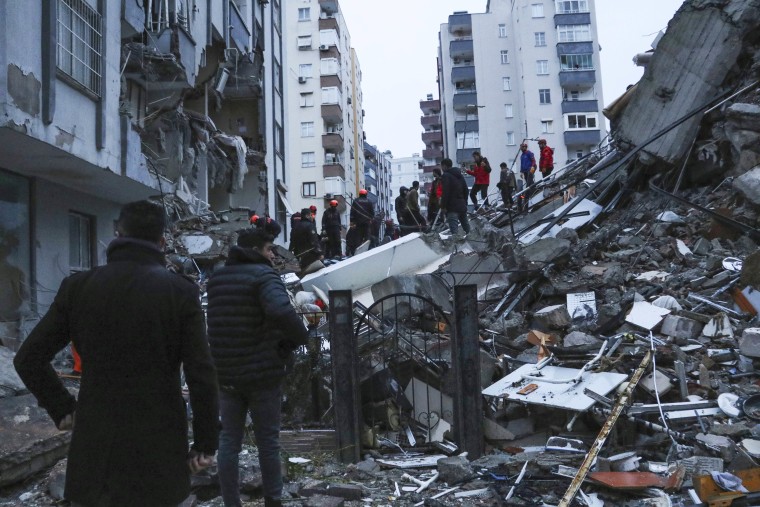
The Kahramanmaras earthquake hit Turkey and Syria, taking the lives of thousands. Here are some ways how you can prepare for and survive one.
Earthquakes and how to survive them
Every year an average of 60,000 people die as a result of earthquakes. However, the numbers are tragic as several of those deaths can be avoided with the help of simple engineering. This natural disaster is a result of seismic waves due to the sudden release of energy stored in the crust. While some regions such as Japan, Hawaii, Alaska, and California are more susceptible, no region is entirely safe.
To prepare for a “big one” or a smaller one, ensure your house is built to be safe from one. Additionally, knowing what to do when the shaking begins and ends is also important. Every region has housing laws that ensure the safety of homes and people. Some easy-to-implement in-house solutions are hanging pots with closed hooks and away from windows and doors. Installing stronger latches on cabinets. Install studs in place of wheels or lock the wheels on refrigerators and washing machines. It is also important to secure heavy furniture with studs and use closed hooks for frames.
How to prepare for an earthquake

In addition to structural safety, preparing an earthquake kit is also important during a disaster. Storing a dire extinguisher in an easy-to-access location, and having flashlights and alerts set up are important. If you live with family or have roommates, make sure everyone is aware of the emergency plan. It’s also important to understand if you work or live in a hazard zone and set up the NOAA Weather Radio’s Public Alert feature.
When the shaking begins, “drop, cover, and hold on”. As soon as you feel the tremors, get down on all fours. However, if you are in bed, stay there and put a pillow over your head. Once you are on your hands and legs, cover your neck and head with one hand. Then crawl under a strong table or desk and hold on to its leg. However, do not run into other rooms or go outside. It’s also important to not stand in a doorway. But, if you’re not indoors, move to a clear area away from buildings and trees.
After the shaking stops, take check your surroundings. If you are trapped, protect your eyes, nose, and mouth from the dust and signal for help. Knock three times every couple of minutes and wait for rescuers. If you are near a beach or in a tsunami zone, head to higher ground. Perform first aid if you can move and there are injured people around you. Check for leaking gas or damaged wiring and close them off. This can also help in avoiding fires, which are common side effects of earthquakes.






